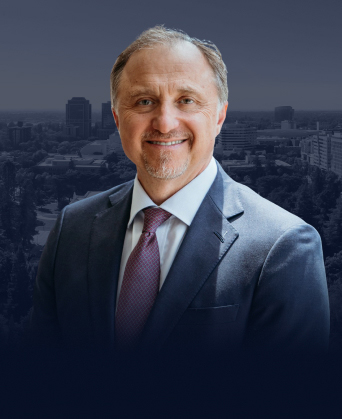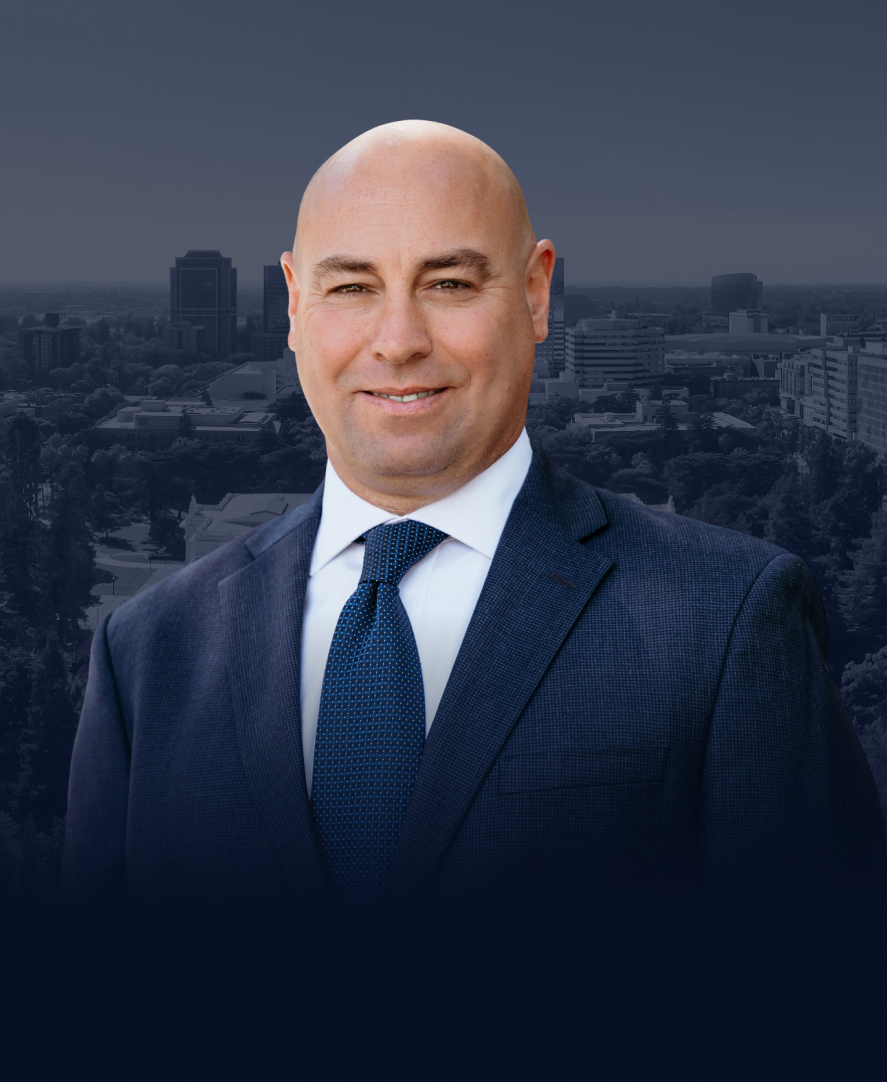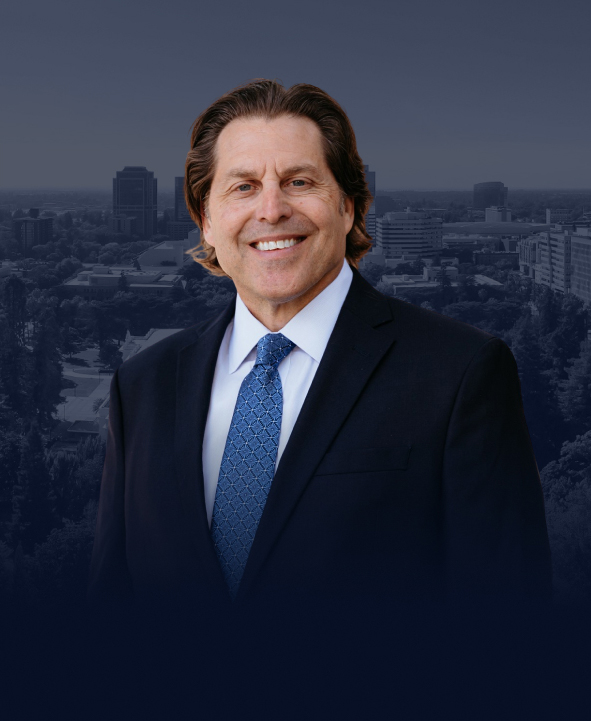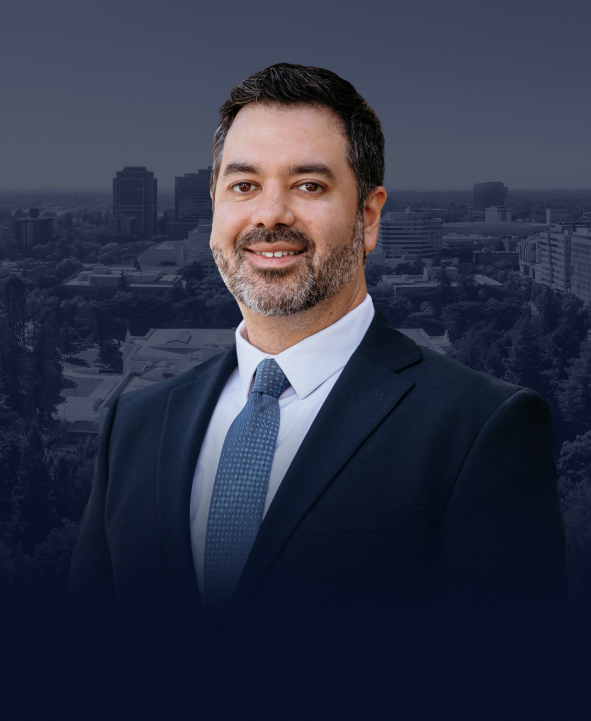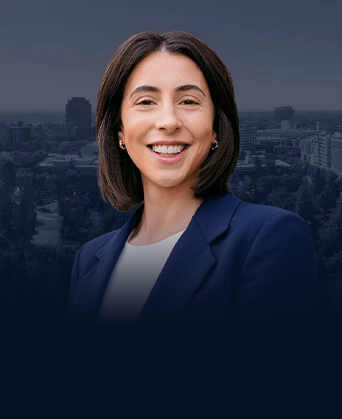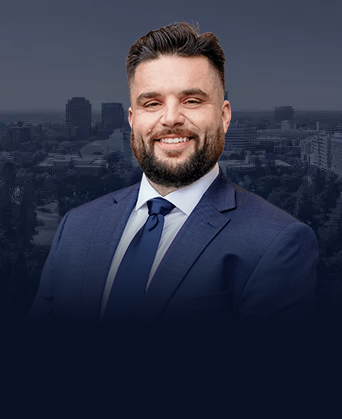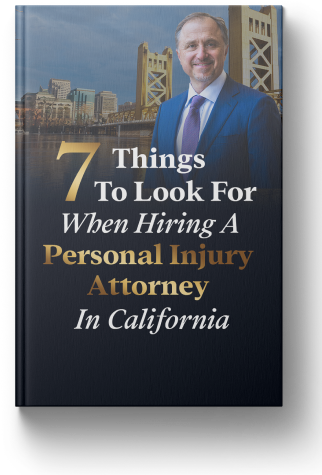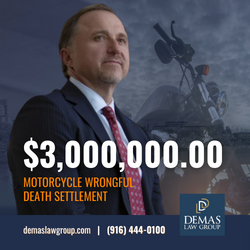 We represented the parents of Peter L., a 30-year-old who was killed in an unfortunate motorcycle collision on September 14, 2018, in Oakland, CA. At the time of the crash, Peter was on his way home and was traveling Eastbound on 27th Street, approaching the West Street intersection. The defendant, O.Z., was traveling westbound on 27th Street. He was making a delivery as part of the growing “gig economy” workforce.
We represented the parents of Peter L., a 30-year-old who was killed in an unfortunate motorcycle collision on September 14, 2018, in Oakland, CA. At the time of the crash, Peter was on his way home and was traveling Eastbound on 27th Street, approaching the West Street intersection. The defendant, O.Z., was traveling westbound on 27th Street. He was making a delivery as part of the growing “gig economy” workforce.
The intersection of 27th and West is a four-way intersection controlled by traffic lights in all directions. 27th Street has two lanes in both east and westbound directions of travel. Defendant O.Z. was turning left onto West Street from 27th Street. No dedicated left-turn arrow gives him the right of way to turn. Therefore, at all relevant times, defendant O.Z. must yield to the right of way of oncoming traffic before he executes his left turn.
Peter L. was traveling in the number one lane, the lane closest to the center, as he approached the intersection. He had met some friends at a nearby restaurant less than ½ mile from the intersection.
What happened once Defendant O.Z. approached the intersection was in dispute. Defendant O.Z. claimed that as he approached the intersection, he saw a single headlight coming in the opposite direction, but it was nearly a ¼ mile down the street before he started to make his left turn. He testified he had plenty of time to execute his left turn, and it was safe to turn left when he did because the motorcycle was very far from the intersection.
We had several significant hurdles and challenges to overcome in this case. First, several witnesses testified that the motorcycle was traveling at an excessive speed, with 2 estimating the speed was at least 80 m.p.h at an area where the posted speed limit was 35 m.p.h. Second, the physical evidence was generally consistent with a very high-speed event, suggesting a speed of the motorcyclist above 55 m.p.h. Third, blood drawn from Peter L. at the hospital revealed a BAC above the legal limit. Fourth, the investigating officers concluded that Peter L. was solely responsible for causing the collision.
Despite these challenges, attorney John Demas systematically took down every single issue the defendants raised and reframed the case to focus on the conduct of defendant O.Z. First, the defendant’s deposition was taken. The key was to show that when defendant O.Z. began his turn, Peter L. must necessarily have been closer than a ¼ of a mile, as the defendant told the investigating police officer. Since Peter L. had the legal right of way, the closer he was to the intersection, the more unsafe it was for the defendant to start and make his turn. With respect to the BAC, we retained a toxicology expert to challenge the evidentiary value of the blood draw. In addition, we attacked the admissibility of this evidence and argued the proper legal foundation could not be laid to introduce the evidence.
The case was hotly contested and litigated aggressively by the defendants. For several years, the defendants refused to offer any money to resolve the case. Peter’s parents wanted to avoid a trial and needed closure from the case to continue their healing process. The case was eventually settled shortly before trial after an all-day mediation for $3,000,000.
